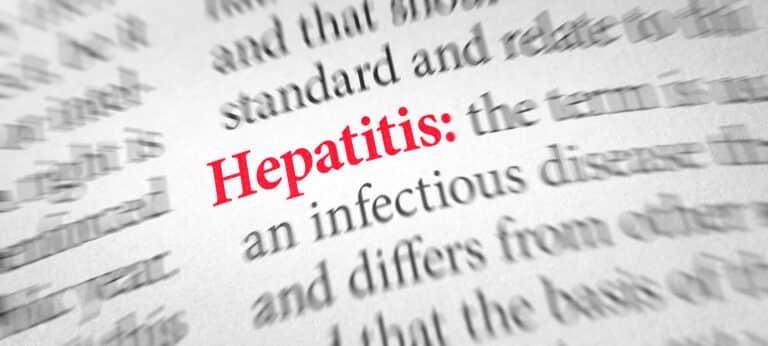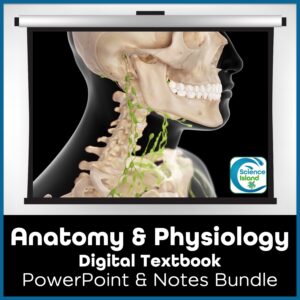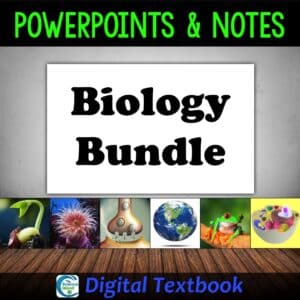
When I first started teaching, it was all about the textbook. We read, defined the words in bold print, and then answered the questions at the end of the chapter. Exciting, huh?
In my defense, this was in the days BEFORE the internet. I mean, I think the internet was out there somewhere, but we certainly didn’t have it at school or home. So, when I was looking for resources, I was limited to what we had in the science department or what I could find in the library.
Pretty soon, it became obvious that many of my students weren’t getting much out of the textbook. Over 1,000 pages full of strange, new words . . . SO MANY WORDS! It was just too much. And, on top of that, sometimes the books had mistakes, were at the wrong level for my students, were outdated or I didn’t have enough of them for each student to have one.
Sheila Valencia (Edutopia, 6/27/2014) states that many students are unable to learn from subject matter textbooks in part because they are dense with information, specialized vocabulary, long chapters, and are often poorly organized.
It’s really all about content. The textbook should contain the content that students need to know for that particular subject.
So, most importantly, the information must be accurate. But, for students to “get it”, it must also be relevant and intriguing. Students need background information and lots of interesting examples to help them understand and connect concepts.
Images are key to engagement and sparking curiosity. This is especially true of concepts that can’t be easily seen such as cells, genes, or atoms. The brain is an amazing image processor, so real engagement starts with visuals such as photographs and diagrams.
I’m not saying you should throw your textbook (if you have one) out completely. It can be a fantastic reference and source of information. But, instead of relying primarily on the textbook as the standard instruction manual, try something that will make a bigger impact on your students.
So, this brings me to the point of this post . . .
Well-designed slides contain clear, concise information. PowerPoint allows you to select and feature the most important information and present it clearly, so students know what to focus on.
High-quality images can do a lot of teaching for you. There’s a reason why we all know the idiom “A picture is worth a thousand words”. Research shows over and over again that we understand and retain information from images much more readily than from words.
As the teacher, you get to decide how much time to spend on each slide, which relevant examples to use, and when to add in your own experiences. I used the same PowerPoint presentation for Honors Biology as I did for General Biology, but the details and examples I added to my lecture were very different in each class.
For me, PowerPoint presentations are the “perfect textbook”. Perfect because you, the teacher and subject matter expert, get to decide what information, examples, and images you want to use to convey information to your students. And, no one knows what your students need more than you.
“Boring”, “outdated”, and “ineffective” are words that have been used to describe classroom lectures. And, they certainly can be all of those things. But, it doesn’t have to be that way.
Well-designed PowerPoint presentations, as discussed above, can be used to turn lectures into interactive, dynamic conversations between you and your students.
I’ll be writing another blog post about this soon, but here’s a short list of things to keep in mind when planning your lectures:
Currently, I have PowerPoint Bundles for Biology and Anatomy & Physiology. Here is the short and sweet list of why I LOVE these presentations . . . and why I think you’ll love them, too.
For me, the real “power” of PowerPoint is the ability to use images to do much of the teaching for you. Words have power, but images create experiences and you remember experiences.


Each PowerPoint chapter is sold separately, so try it for one chapter and see how it goes. I think you and your students will love it! Then, you can come back and buy the bundle and receive a refund on your initial purchase.
Happy Teaching!
Carla
Sign Up for the Science Island Newsletter and Free Resource Library.
Then check your email to confirm your subscription.